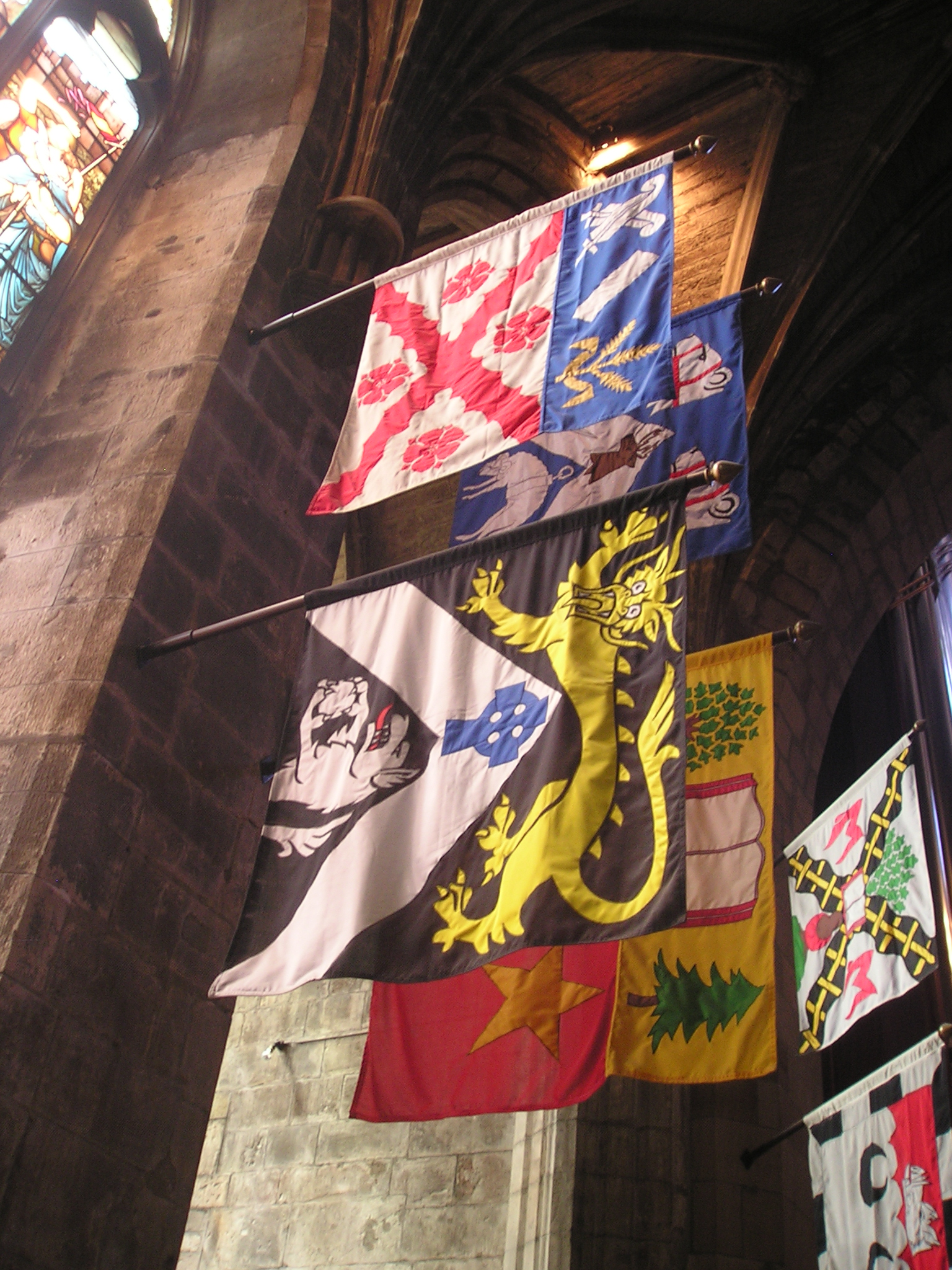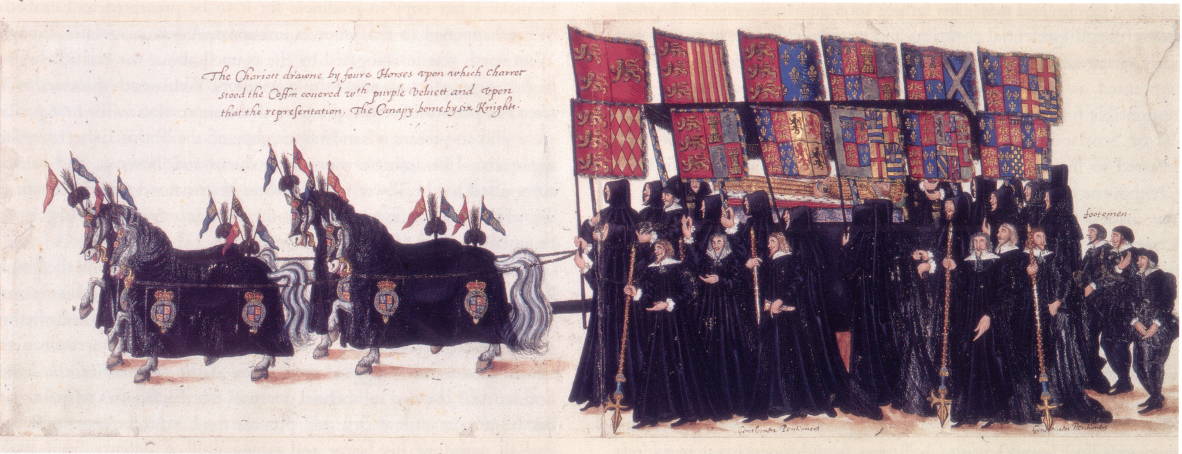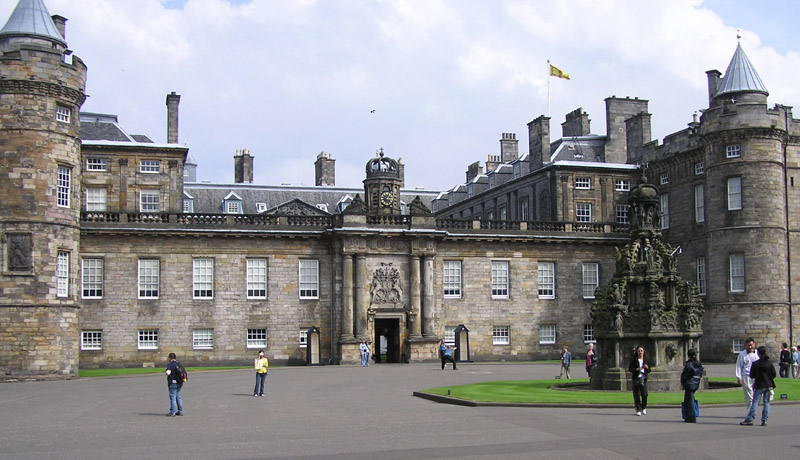|
Banner
A banner can be a flag or another piece of cloth bearing a symbol, logo, slogan or another message. A flag whose design is the same as the shield in a coat of arms (but usually in a square or rectangular shape) is called a banner of arms. Also, a bar-shaped piece of non-cloth advertising material sporting a name, slogan, or other marketing message is also a banner. Banner-making is an ancient craft. Church banners commonly portray the saint to whom the church is dedicated. The word derives from Old French ''baniere'' (modern ), from Late Latin ''bandum'', which was borrowed from a Germanic languages, Germanic source (compare ). Cognates include Italian language, Italian ''bandiera'', Portuguese language, Portuguese ''bandeira'', and Spanish language, Spanish ''bandera''. Vexillum The vexillum was a flag-like object used as a military standard by units in the Ancient Roman army. The word ''vexillum'' itself is a diminutive of the Latin ''velum'', meaning a sail, which confir ... [...More Info...] [...Related Items...] OR: [Wikipedia] [Google] [Baidu] |
Royal Standard Of The United Kingdom
The royal standard of the United Kingdom is the banner of arms of the monarch of the United Kingdom, currently Charles III. It consists of the monarch's coat of arms in flag form, and is made up of four quarters containing the arms of the former kingdoms of England, Ireland, and Scotland. There are two versions of the banner, one used in Scotland in which the Scottish quarters take precedence, and one used elsewhere in which the English quarters take precedence. The banner is flown to signify the presence of the monarch. It may be flown when they are present at one of their residences, from the car, ship, or aeroplane they are travelling in, and from any building they are visiting. The banner is never flown at half-mast, as a symbol of the continuity of the monarchy, and also as there is always a sovereign on the throne. Although almost universally called a standard, in heraldic terminology the flag is a banner of arms, as it is a coat of arms in flag form; standards are more ... [...More Info...] [...Related Items...] OR: [Wikipedia] [Google] [Baidu] |
Heraldic Standard
In heraldry and vexillology, a heraldic flag is a flag containing coats of arms, heraldic badges, or other devices used for personal identification. Heraldic flags include banners, standards, pennons and their variants, gonfalons, guidons, and pinsels. Specifications governing heraldic flags vary from country to country, and have varied over time. Types Pennon The pennon is a small elongated flag, either pointed or swallow-tailed (when swallow-tailed it may be described as a banderole). It was charged with the heraldic badge or some other armorial ensign of the owner, and displayed on his own lance, as a personal ensign. The ''pennoncelle'' was a modification of the pennon. In contemporary Scots usage, the pennon is 120 cm (four feet) in length. It tapers either to a point or to a rounded end as the owner chooses. It is assigned by the Lord Lyon King of Arms to any armiger who wishes to apply for it. Banner The banner of arms (also simply called ''banner'') is squar ... [...More Info...] [...Related Items...] OR: [Wikipedia] [Google] [Baidu] |
Royal Banner Of Scotland
The Royal Banner of the Royal Arms of Scotland, also known as the Royal Banner of Scotland, or more commonly the Lion Rampant of Scotland, and historically as the Royal Standard of Scotland, (, ) or Banner of the King of Scots, is the royal banner of Scotland, and historically, the royal standard of the Kingdom of Scotland. Used historically by the Scottish monarchs, the banner differs from Scotland's national flag, the Saltire, in that its official use is restricted by an Act of the Parliament of Scotland to only a few Great Officers of State who officially represent the Monarchy in Scotland. pointing at thLyon King of Arms Act 1672, c. 47and thLyon King of Arms Act 1867, 30 & 31 Vict. c. 17/ref> It is also used in an official capacity at royal residences in Scotland when the Head of State is not present. The earliest recorded use of the Lion Rampant as a royal emblem in Scotland was by Alexander II in 1222; with the additional embellishment of a double border set with ... [...More Info...] [...Related Items...] OR: [Wikipedia] [Google] [Baidu] |
Banner-making
Banner-making is the ancient art or craft of sewing banners. Techniques used include applique, embroidery, fabric painting, patchwork and others. Trade union banners In the United Kingdom, the first of these banners were sometimes painted by local signwriters, coachpainters or decorators. More often than not, they were made by a member of the local branch who was considered to be artistic. However, from 1837 onwards, more than three quarters were made by the firm of George Tutill of Chesham in Buckinghamshire. All their banners were made from pure silk woven by Huguenots in London. At the height of banner production there were said to be 17,000 looms in operation. The silk was stretched taut over a wooden frame and coated with India rubber, and the Oil paint, oil colours applied to it were 'old', i.e. had been standing around for a while. This allowed the paint to dry quickly and to make it more pliant or elastic. There were many designs from the Bible (e.g. David slaying Golia ... [...More Info...] [...Related Items...] OR: [Wikipedia] [Google] [Baidu] |
Royal Coat Of Arms Of Scotland
The coat of arms of Scotland, colloquially called the Lion Rampant, is the coat of arms historically used as arms of dominion by the monarchs of the Kingdom of Scotland, and later used within the coat of arms of Great Britain and the present coat of arms of the United Kingdom. The arms consist of a red lion surrounded by a red double border decorated with Fleur-de-lis, fleurs-de-lis, all on a gold background. The blazon, or heraldic description, is: ''Or a lion rampant Gules armed and langued Azure within a double tressure flory-counter-flory of the second''. The coat of arms was adopted in the 12th century by William the Lion and has been used by successive Scottish and British monarchs. It currently forms part of the Royal coat of arms of the United Kingdom, coat of arms of the United Kingdom, where it is Quartering (heraldry), quartered with the arms of Coat of arms of England, England and Coat of arms of Ireland, Ireland. There are two versions of the United Kingdom's arms, ... [...More Info...] [...Related Items...] OR: [Wikipedia] [Google] [Baidu] |
Flag
A flag is a piece of textile, fabric (most often rectangular) with distinctive colours and design. It is used as a symbol, a signalling device, or for decoration. The term ''flag'' is also used to refer to the graphic design employed, and flags have evolved into a general tool for rudimentary signalling and identification, especially in environments where communication is challenging (such as the Maritime flag, maritime environment, where Flag semaphore, semaphore is used). Many flags fall into groups of similar designs called flag families. The study of flags is known as "vexillology" from the Latin , meaning "flag" or "banner". National flags are patriotic symbols with widely varied interpretations that often include strong military associations because of their original and ongoing use for that purpose. Flags are also used in messaging, advertising, or for decorative purposes. Some military units are called "flags" after their use of flags. A ''flag'' (Arabic: ) is equival ... [...More Info...] [...Related Items...] OR: [Wikipedia] [Google] [Baidu] |
Banner Of Arms
A banner of arms is a type of heraldic flag, characterised by sharing its imagery with that of the coat of arms (''i.e.'' the shield of a full heraldic achievement, rendered in a square or rectangular shape of the flag). The term is derived from the terminology of heraldry but mostly used in vexillology. Examples of modern national flags which are banners of arms are the flags of Austria, Iraq, and Switzerland. The banner of arms is sometimes simply called a banner A banner can be a flag or another piece of cloth bearing a symbol, logo, slogan or another message. A flag whose design is the same as the shield in a coat of arms (but usually in a square or rectangular shape) is called a banner of arms. Also, ..., but a banner is in a more strict sense a one of a kind personal flag of a nobleman held in battle. Examples National / state flags Provincial flags County flags City flags Organization flags Notes References External links * {{Heraldry Types ... [...More Info...] [...Related Items...] OR: [Wikipedia] [Google] [Baidu] |
Kingdom Of Scotland
The Kingdom of Scotland was a sovereign state in northwest Europe, traditionally said to have been founded in 843. Its territories expanded and shrank, but it came to occupy the northern third of the island of Great Britain, sharing a Anglo-Scottish border, land border to the south with the Kingdom of England. During the Middle Ages, Scotland engaged in intermittent conflict with England, most prominently the Wars of Scottish Independence, which saw the Scots assert their independence from the English. Following the annexation of the Hebrides and the Northern Isles from Norway in 1266 and 1472 respectively, and the capture of Berwick upon Tweed, Berwick by England in 1482, the territory of the Kingdom of Scotland corresponded to that of modern-day Scotland, bounded by the North Sea to the east, the Atlantic Ocean to the north and west, and the North Channel (British Isles), North Channel and Irish Sea to the southwest. In 1603, James VI of Scotland became King of England, joini ... [...More Info...] [...Related Items...] OR: [Wikipedia] [Google] [Baidu] |
Cardinal Wolsey
Thomas Wolsey ( ; – 29 November 1530) was an English statesman and Catholic cardinal. When Henry VIII became King of England in 1509, Wolsey became the king's almoner. Wolsey's affairs prospered and by 1514 he had become the controlling figure in virtually all matters of state. He also held important ecclesiastical appointments. These included the Archbishop of York—the second most important role in the English church—and that of papal legate. His appointment as a cardinal by Pope Leo X in 1515 gave him precedence over all other English clergy. The highest political position Wolsey attained was Lord Chancellor, the king's chief adviser (formally, as his successor and disciple Thomas Cromwell was not). In that position, he enjoyed great freedom and was often depicted as the ''alter rex'' ("other king"). After failing to negotiate an annulment of Henry's marriage to Catherine of Aragon, Wolsey fell out of favour and was stripped of his government titles. He retreated to ... [...More Info...] [...Related Items...] OR: [Wikipedia] [Google] [Baidu] |
Escutcheon (heraldry)
In heraldry, an escutcheon (, ) is a shield that forms the main or focal element in an Achievement (heraldry), achievement of arms. The word can be used in two related senses. In the first sense, an escutcheon is the shield upon which a coat of arms is displayed. In the second sense, an escutcheon can itself be a charge (heraldry), charge within a coat of arms. Escutcheon shapes are derived from actual shields that were used by knights in combat, and thus are varied and developed by region and by era. Since shields have been regarded as military equipment appropriate for men only, British ladies customarily bear their arms upon a Lozenge (heraldry), lozenge, or diamond-shape, while clergymen and ladies in continental Europe bear their arms upon a Cartouche (design), cartouche, or oval. Other shapes are also in use, such as the roundel (heraldry), roundel commonly used for arms granted to Aboriginal Canadians by the Canadian Heraldic Authority, or the Nguni shield used in Coats of ... [...More Info...] [...Related Items...] OR: [Wikipedia] [Google] [Baidu] |






